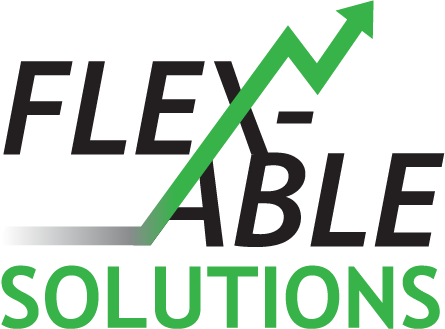
by Marketing Team | Oct 22, 2024 | Resources, Uncategorized
Offering the right benefits is key to staying competitive in the hiring market these days, especially for small businesses. If you want to keep talent, manage costs, and stay compliant with legal requirements, year-end benefits planning is one way to do it. Why...

by Marketing Team | Sep 24, 2024 | Resources, Uncategorized
In our recent HR blog series, we covered many important topics and strategies for building and retaining your workforce. Whether you’re looking to future-proof your workforce, improve recruitment and retention, or enhance your benefits package, these insights can help...

by Marketing Team | Aug 15, 2024 | Resources, Uncategorized
Future-Proofing Your Workforce: Essential Strategies for HR Success Today’s workplace is unlike anything employers have experienced in the past. With unprecedented fluidity in job changes and rapidly evolving technology, a hyper-focused, future-proof plan is essential...

by Marketing Team | Jul 15, 2024 | Uncategorized
They say “people make the business” for a reason. Without high-quality, well-trained staff, it can be challenging – especially for a small business – to operate efficiently. The constant need to train new employees because of high turnover creates stress for the...

by Marketing Team | Jun 10, 2024 | Uncategorized
To win in today’s competitive talent landscape, you need a benefits package that transcends being a perk to become a strategic recruitment advantage. Robust benefits that align with your employees’ needs not only enhance their satisfaction and loyalty but also...

by Marketing Team | May 1, 2024 | Uncategorized
Workplace dynamics are ever-evolving as businesses embrace a mix of contractors, full-time staff, and fractional employment. This, on top of the opportunity for hybrid, remote, or in-person roles, provides more flexibility for employees and employers alike. However,...







